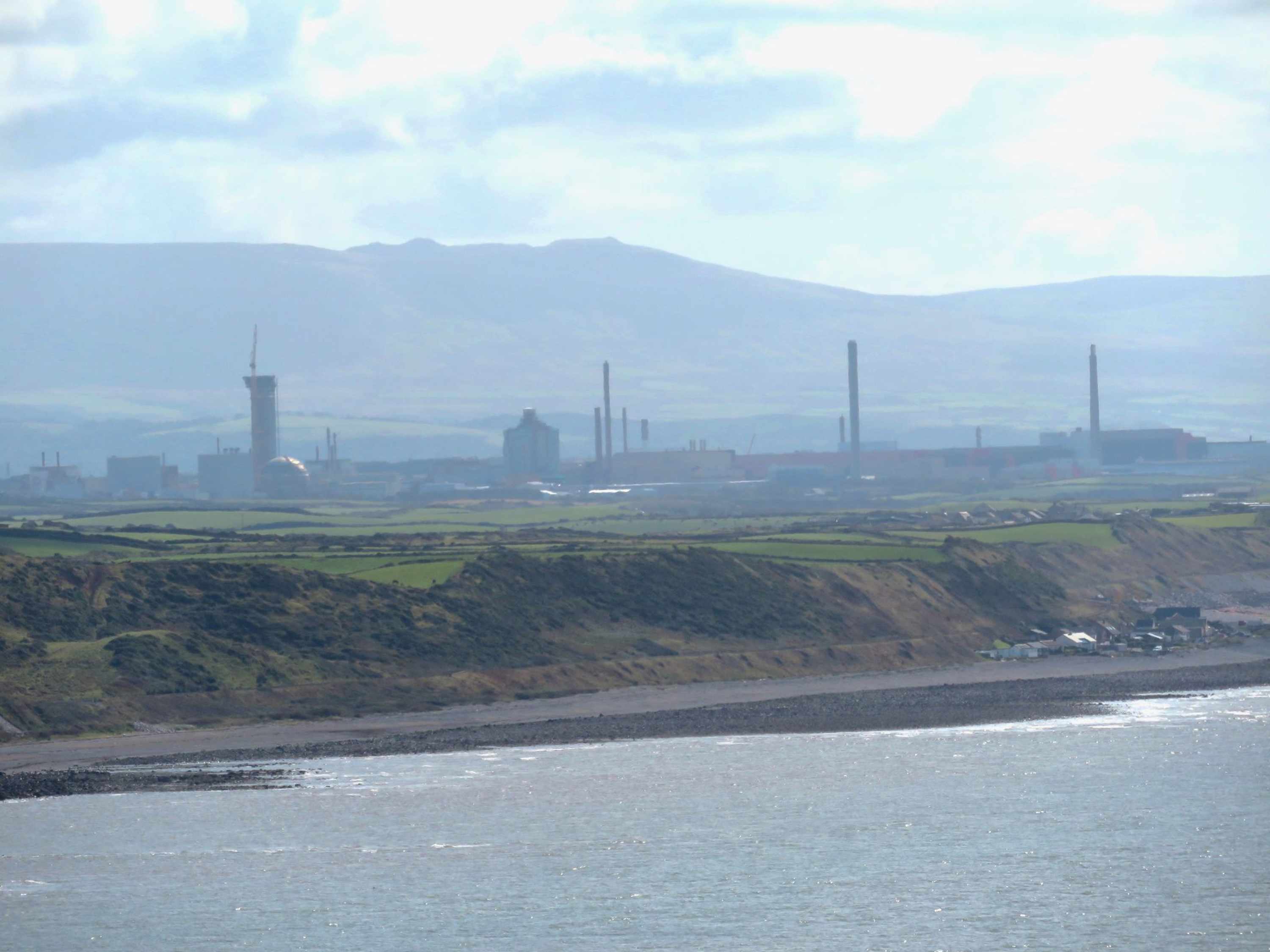What are the plans for disposing of the UK’s nuclear waste?
What are the plans for disposing of the UK’s nuclear waste?

Radiation Free Lakeland demo 2013 - photo credit - Marianne Birkby
Let’s not talk about it!
Nuclear reactors have existed in the UK since 1956, 67 years. In all this time no single government nor the industry itself has come up with a decent plan for getting rid of the dangerous waste. I have been a science teacher for many years and in the curriculum on electricity generation, students are always taught the advantages and disadvantages of nuclear power. They are simply taught that it is expensive to dispose of the waste. What they are not taught is how it is being stockpiled in places like Sellafield and how open concrete ponds of water filled with dangerous waste exist right next to the Irish Sea.
We have all seen what happened in Japan when Fukushima was affected by an earthquake. But this is the UK and we don’t suffer earthquakes here, or do we? Listening to our Government, to the Labour Party, to the Liberal Democrats and to Plaid Cymru, nuclear power is the way to get us out of the climate emergency hole. Of course what they really want to promise voters is that they can carry on consuming electricity with abandon. They like to argue that nuclear power is clean. What they mean is that it produces no CO2 as a by-product of the reaction process, but they fail to tell you how much CO2 is emitted in the construction of the power station, the transport and the decommissioning. They like you to think that only nuclear power can provide a baseload so that we can ‘keep our lights on’. They don’t tell you that it is possible to generate enough electricity if we were to drastically cut our unnecessary consumption and use our grid in a smart way.

Sellafield with Lakeland Mountains in background - photo credit - Marianne Birkby
And they never talk about the waste issue
We need to have a close look at the plans for nuclear waste dumping. In the industry’s parlance this is called a Geological Disposal Facility. The name says it all. Find some geologically stable rocks and dispose of the waste for millennia. A previous government asked all communities politely who would be prepared to have such a facility on their doorstep. Naturally not many communities came forward willingly, one in Lincolnshire and one which is the subject of this article.
It’s not that the local people were shouting hoorah, no; it’s more that their local council chiefs shouted JOBS and COMMUNITY BENEFIT. And it is seen as a community with a nuclear ‘heritage’, hence it is the obvious choice. Certain local people immediately started campaigning against this idea as they understood the reality on the ground, or rather under the ground. They knew that in fact the geology in their area is not that stable at all.
Coal consipracy?
It gets worse. The community I am describing is in West Cumbria. Many of you will know of plans to open a new coal mine there. We have heard the arguments that it is for coking coal and that we need it for the steel industry or otherwise we’ll have to import it, stated to be the unsustainable option. The pro’s love to pull this sustainability argument out of the hat; they think they sound so green.
Now, did you know that the CEO of West Cumbria Mining is none other than the same guy the Government has appointed to be its chief advisor on dumping nuclear waste? Something stinks, doesn’t it? His name is Mark Kirkbride. The two areas in Cumbria assigned for the nuclear waste dump are absolutely adjacent to the proposed under the sea coal mine. And this is a deep coal mine, prone to worse earthquakes than fracking. I have checked major news outlets for linking the new coal mine approval with nuclear waste dumping but cannot find one item.
Harm to marine animals
It gets worse still. In 2006 an organisation I was involved with called Save Our Sea (SOS) was set up to stop drilling for oil and gas in Cardigan Bay. The companies involved couldn’t just start drilling, and they couldn’t just start carrying out seismic testing to see if there was any oil or gas. An environmental assessment had to be done. They needed to know if there are animals affected by this. In Cardigan Bay there is a resident population of bottlenose dolphins and there are harbour porpoises, common dolphins and other migratory cetaceans.
What makes Cardigan Bay so different from the Cumbrian Coast? Just recently a stretch of this Cumbrian coastline has been designated a Marine Conservation Zone. So there must be plenty to protect. And in any case, migrating species swim all over the Irish Sea. But for some unfathomable reason, no environmental assessment has been carried out and apparently is not needed. Says who? Answer: the Nuclear Waste Services, Radioactive Waste Management (this is the body with Mark Kirkbride as its key advisor) and the Nuclear Decommissioning Authority.
Local people didn’t get a say but they did find lots of dead harbour porpoises, seals and hundreds of jellyfish. The seismic testing itself delivered blasts every 5 seconds, 24 hours a day, for 20 days. The dump pit in the Irish Sea they hope to create would be 25km2. Last year the seismic testing was carried out near Copeland, centred on Seascale, this year they are planning to do the same at Allerdale.
It’s up to us all to stop this madness
Please read the following links and help stop these plans. Demand an answer from your MP if they are in favour of nuclear power as to how they think the waste should be disposed of, and demand that they find out why no environmental assessment or public consultation needs to be carried out before any seismic testing can take place. Also demand to know why a person like Mark Kirkbride can be both CEO of a coal mine and advise on nuclear dump sites next to his coal mine. Then sign the petition and share it with your friends. We must stand by the campaigners of West Cumbria who are a seriously good bunch of activists and defeat plans for nuclear dumping and for coal mining.
Useful links
- https://www.lakesagainstnucleardump.com/news
- https://www.change.org/p/save-the-whale-and-the-snail-stop-nuclear-waste-services-blasting-the-irish-sea
- https://keepcumbriancoalinthehole.wordpress.com/

Duddon Estuary, Irish Sea in background, a protected area - photo credit - Marianne Birkby


